Tall tales, folklore and legends are practically synonymous with the west, and arguably the most tenacious accounts are tied to legendary lost mines. Of all the campfire stories regarding lost fortunes just waiting to be reclaimed, it’s indisputable that none have had the traction, longevity, or appeal of the Lost Dutchman Mine. Rumors of a virtually unlimited supply of gold nuggets the size of a fist just waiting for someone to stumble upon them can be a very alluring prospect, after all.
There are numerous versions of the tale, with different variants claiming the mine is in California (though the Lost Peg-Leg mine may have more sway in that state) or Colorado (we even have paperwork regarding the Lost Dutchman's Gold Placer Mine, located near Breckenridge, in our collection). Far and away, the most common claims surround the Superstition Mountains in Arizona (with Weaver’s Needle being the most frequently cited landmark), and German pioneer Jacob Waltz, from whom the legendary mine derived its title (Dutch being an Americanization of Deutsch).
Whether the mine is actually a mine is even debated, with some versions of the notorious tale stating that it’s actually a lost Apache treasure hoard, or a stash hidden by a member of the Peralta family. Tucked away within the shelves of WHG is a letter dated 1964 from Roy A. Wykoff Jr., in which he claims to know that the entrance to the mine is submerged in the backwaters of the Mormon Mesa Dam. He even purports to have a hand drawn map pinpointing the exact location of the entrance, and though his letter claims that it, too, would be donated to the Western History department, there is no record of any such map ever being received. However, we do have a couple of maps which allegedly show the location (or at least the region) of the Dutchman, but let’s face it: If they were accurate, it wouldn’t be “lost” anymore, would it?
John Climenson, in his book Thunder Gods Gold (penned under the pseudonym Barry Storm), pens a tale of a Jacob Walz, popping up in towns across Arizona with burros laden with ore, only to consistently elude those who tried to track him to the source of his fortune. It’s worth noting that Storm also lauds the Walker-Wiser map, a notoriously fraudulent document which suckered many an unwary treasure seeker out of a few coins.
Still other stories say the mine isn’t lost at all, and has actually been found, but not recognized as the mine of legend. In his book The Killer Mountains, Curt Gentry reports the journey of Glenn Magill, a private investigator, who set out to find the mine once and for all. According to this tale, they may have actually found it… twice, but if either of their discoveries was actually the fabled mine, it was long since played out, and bereft of the fortune which served as its lure. Others argue that the Bulldog Mine near Goldfield, Arizona, closely matches, in location and landscape, the mine which Waltz allegedly described, and that it’s possible the mine was never even misplaced in the first place… merely misidentified.
It’s probable that nothing, not even the fact that the Superstition Mountains are an igneous range, and therefore highly unlikely to have any significant amount of gold in them, will deter people from trying to find the notorious Lost Dutchman Mine. Despite the harsh and treacherous environment, which has cost numerous treasure seekers their lives, the allure of discovery, adventure, and untold wealth, makes it a nearly foregone conclusion that people will continue to hunt for the Lost Dutchman, regardless of whether it actually exists, or is (appropriately enough) mere superstition.
If you’d like to know more about the Lost Dutchman Mine (and believe me, this blog barely scratches the surface), or anything else mining related, for that matter, feel free to pay us a visit in Western History and Genealogy. Also, since you're in the neighborhood anyhow, why not give our Facebook page a like?


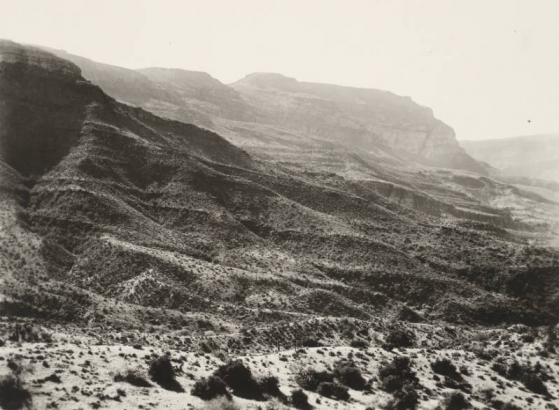
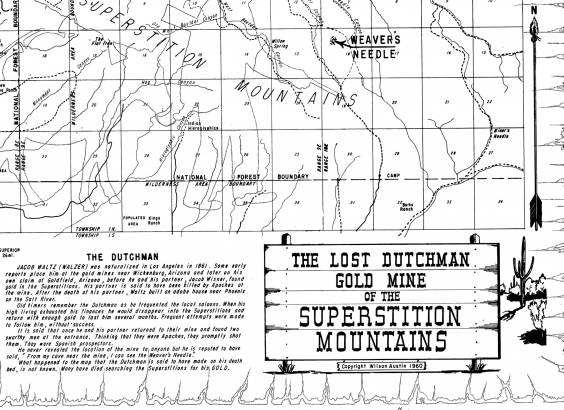
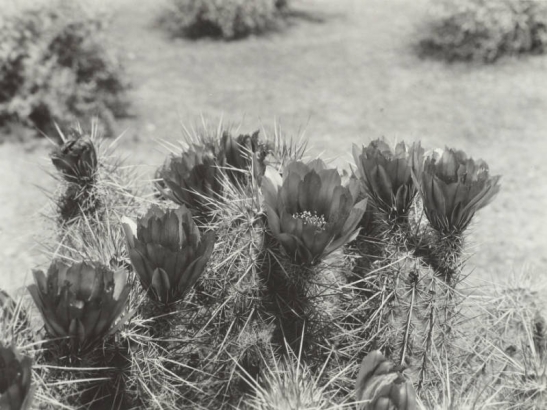
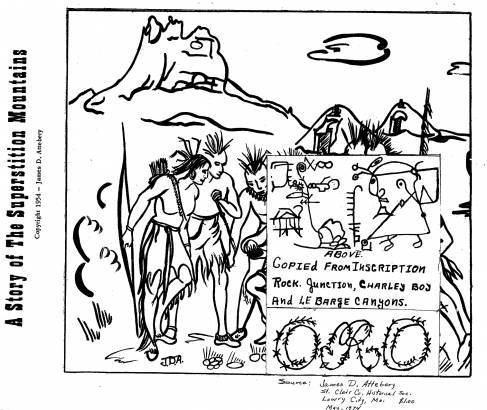
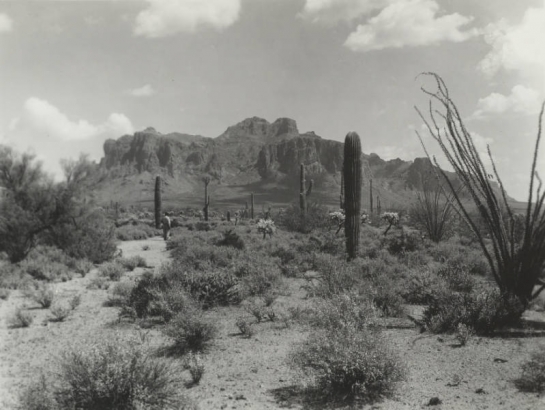
Comments
Igneous or not. Frank
Igneous or not. Frank Augustine keeps finding gold in the superstition mountains. Geologists are wrong.
Add new comment